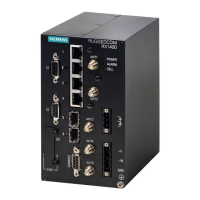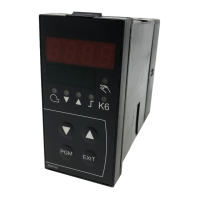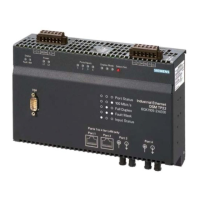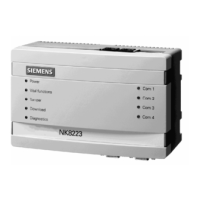Chapter 13
Unicast and Multicast Routing
RUGGEDCOM ROX II
CLI User Guide
542 Managing MPLS
1. Make sure the CLI is in Configuration mode.
2. Delete the key by typing:
• For Standard OSPF Routes
no routing ospf interface name message-digest-key id
• For VRF Routes via OSPF
no routing ospf vrf vrf interface name message-digest-key id
Where:
• vrf is the name of the chosen VRF
• name is the name of the routing interface
• id is the ID for the message digest key
3. Type commit and press Enter to save the changes, or type revert and press Enter to abort.
Section13.10
Managing MPLS
MPLS (Multi-Protocol Label Switching) operates between Layer 2 and Layer 3 of the OSI (Open Systems
Interconnection) model and provides a mechanism to carry traffic for any network layer protocol. MPLS makes
forwarding decisions based on labels where the labels are mapped to destination IP networks. MPLS traffic flows
are connection-oriented, as they operate on pre-configured LSPs (Label Switch Paths) built based on the dynamic
Label Distribution Protocol (LDP), or through static label bindings.
CONTENTS
• Section13.10.1, “Viewing the Status of IP Binding”
• Section13.10.2, “Viewing the Status of the Forwarding Table”
• Section13.10.3, “Enabling/Disabling MPLS”
• Section13.10.4, “Managing the MPLS Interfaces”
• Section13.10.5, “Managing Static Label Binding”
• Section13.10.6, “Managing Static Cross-Connects”
• Section13.10.7, “Managing LDP”
Section13.10.1
Viewing the Status of IP Binding
To view the status of the IP binding on the device, type:
show mpls status ip-binding
If IP binding has been configured, a table similar to the following example appears:
ruggedcom# show mpls status ip-binding
LOCAL REMOTE
PREFIX LABEL NEXT HOP LABEL
----------------------------------------------------
1.1.1.1/32 17 192.168.10.1 imp-null

